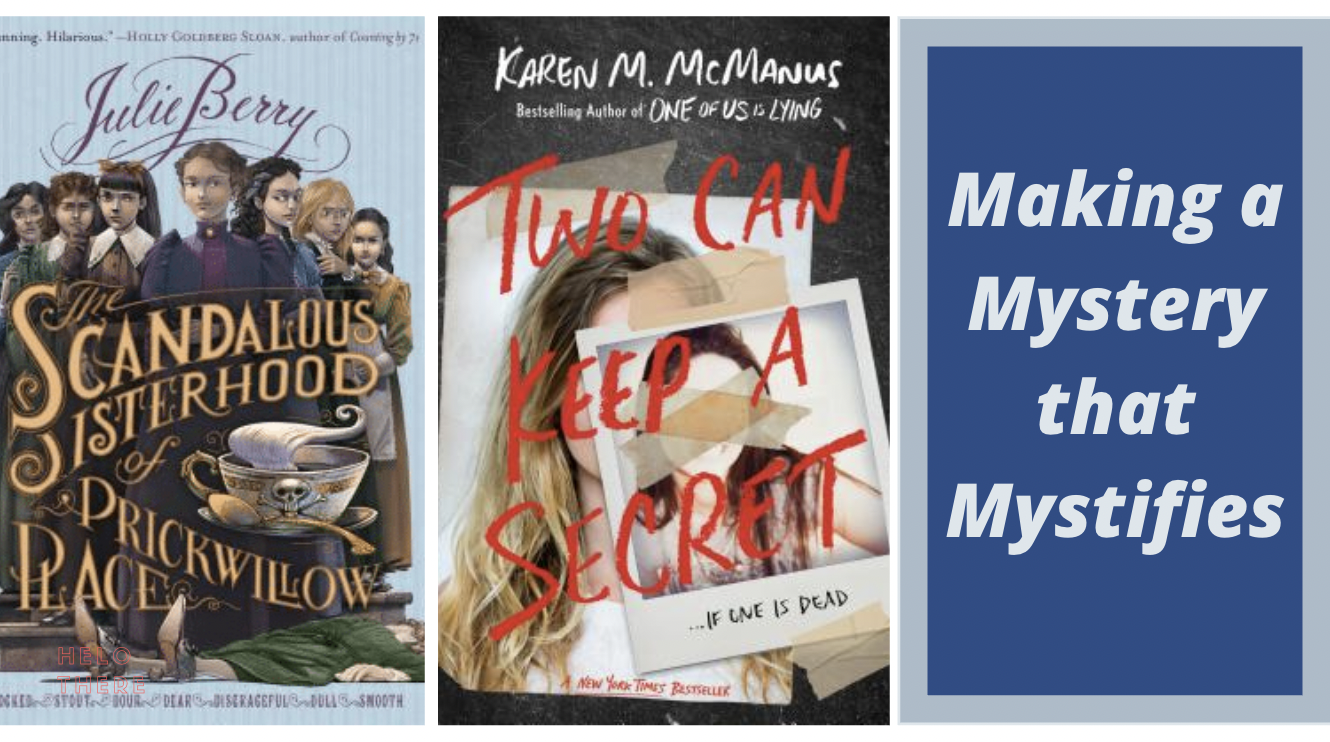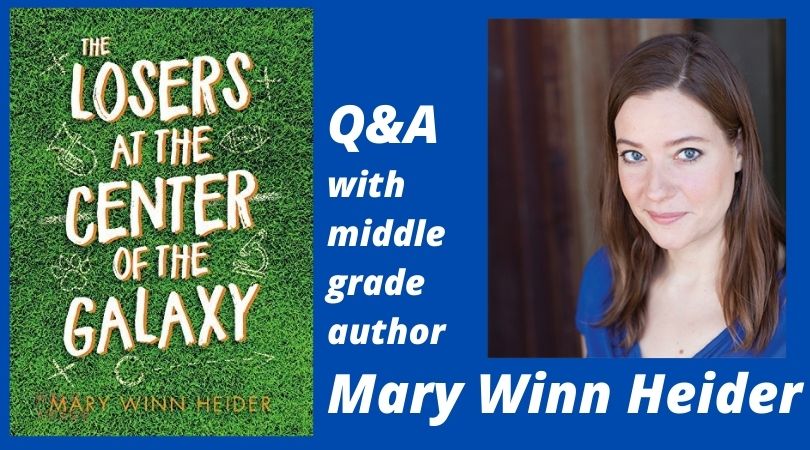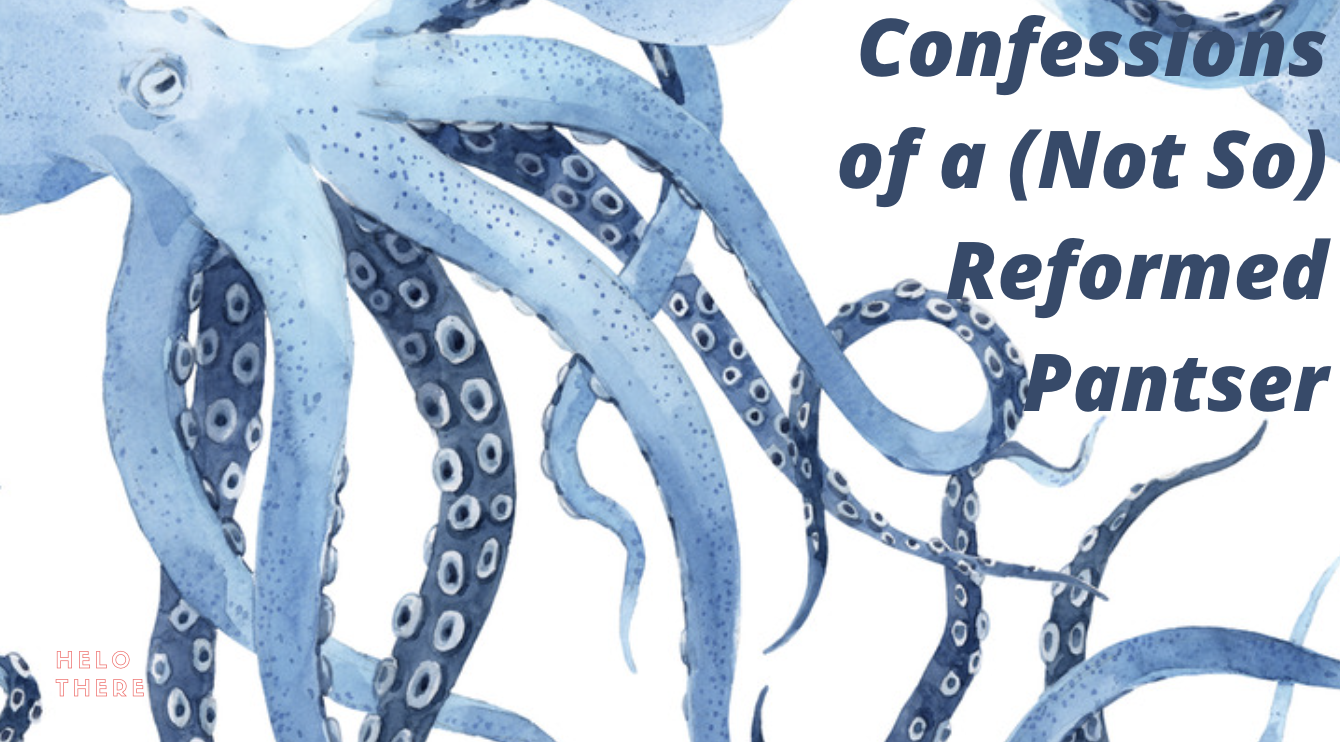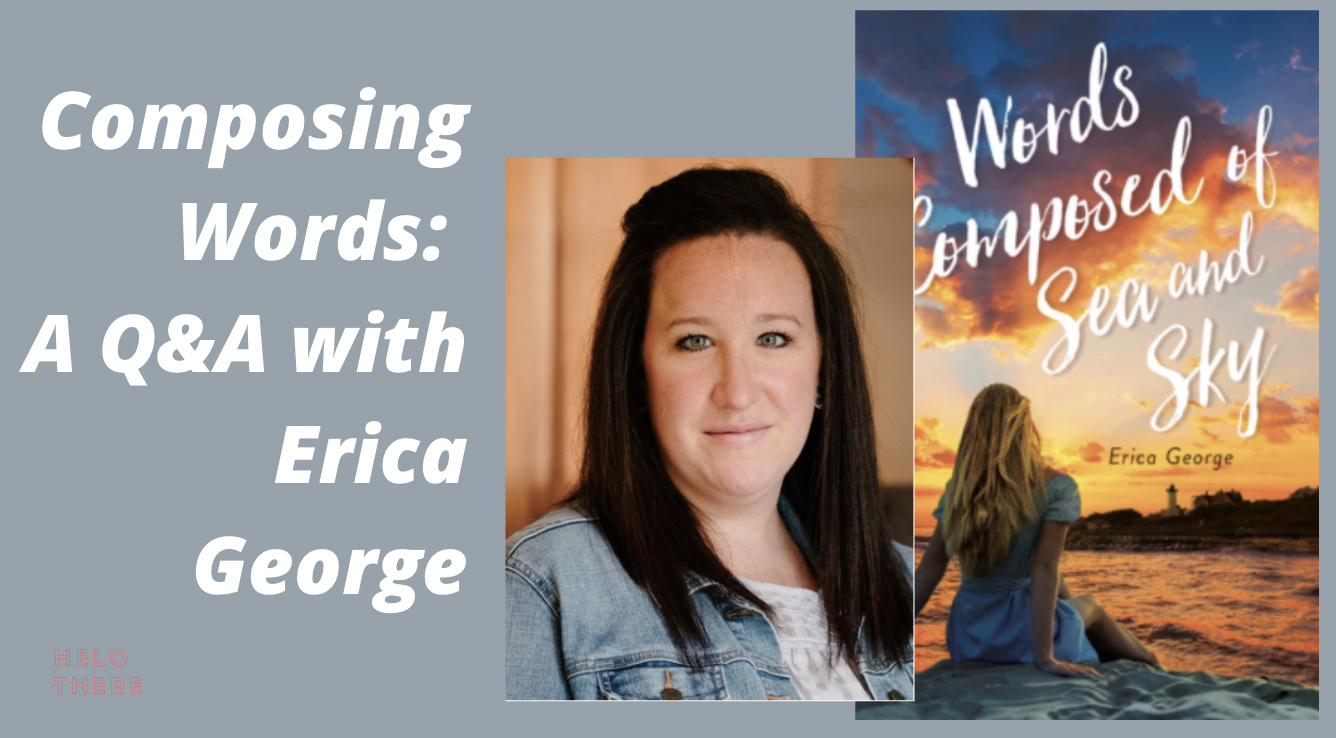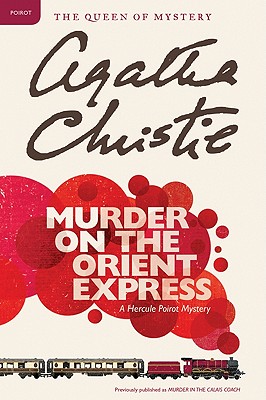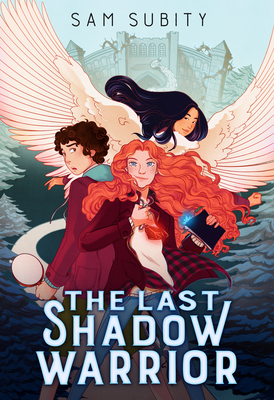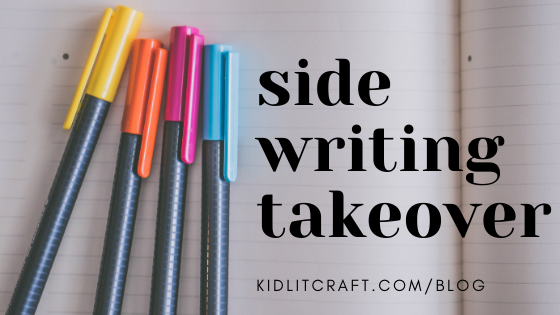hello!
JOIN US IN EXPLORING OTHERS' CRAFT AND BUILDING OUR OWN
Good mysteries are fun because they keep the reader guessing. One of the most important keys of writing a mystery is writing the story so the reader can try to solve it. Nothing’s more annoying than not being given clues to solve the mystery unless those clues are so obvious that there is no real mystery to be solved. The best way to achieve both goals is to give quality clues but constantly keep the reader guessing so they don’t recognize the clues for what they are.
A compelling mystery must engage the reader in solving the mystery, and the best ways to do so are to 1) start the mystery off quick, 2) capture attention with consequential stakes, 3) increase tension, 4) keep the reader guessing, and 5) finish strong.
If you’d like a lesson in the unexpected you’d be hard-pressed to find a better model than Losers. Instead, we’re going to look at how despite (or with the assistance of) all the silly, Heider is able to put an ache and a depth into the stories of Winston and Louise.
“The biggest leap for me in my writing life happened when I got comfortable with failure. I wrote some disastrous things in grad school. But before that, my writing had gotten stagnant because I was too anxious about getting it right all the time. Allowing myself to fail gave me the freedom to take risks and make mistakes. Those mistakes, in turn, taught me how to write the way I want to write.”
“I understand more clearly that an outline need not be a construct that dominates my writing, a rigid form that must be adhered to, but it can be a tool to help manage what I write, to help me not get distracted or sidetracked, and instead work toward my goal–even if that goal isn’t completely clear to me as I shuffle, twist, and rearrange things on the page, the way I am prone to do.”
“I love that when I have a question, I can reach out and pick the brilliant brains of other talented kidlit writers. I’m always amazed at how quickly plot or character problems can be solved when you get out of your own head. I also love how willing people are to share great examples of kidlit to use as mentor texts.”
To find good mentor text for “tension till the bitter end,” I went directly to one of my most beloved authors—Agatha Christie. Yes, I know. She’s not a middle grade author. However, when I was in my middle grade years, I devoured her books. Surely, that counts. Plus, for a mentor text, why not go straight to the Queen of Mystery?
Subity blends humor, action, Norse mythology, and character beautifully to make a story that’s sure to be a hit with middle grade readers.
The authors and contributors we interviewed had so many wonderful sidewriting challenges, we thought we’d put them all in one place. Each exercise will have a link back to the original post so you can learn more about the author and how sidewriting works for them. Enjoy!
Margaret Chiu Greanias: Until I was asked to do this interview, I’d never heard of sidewriting. I thought maybe it was something only novelists did. But as I read Erin Nuttall’s kick-off post, I realized sidewriting is something picture book writers could do too. And then, I realized it was something that I actually do do.

